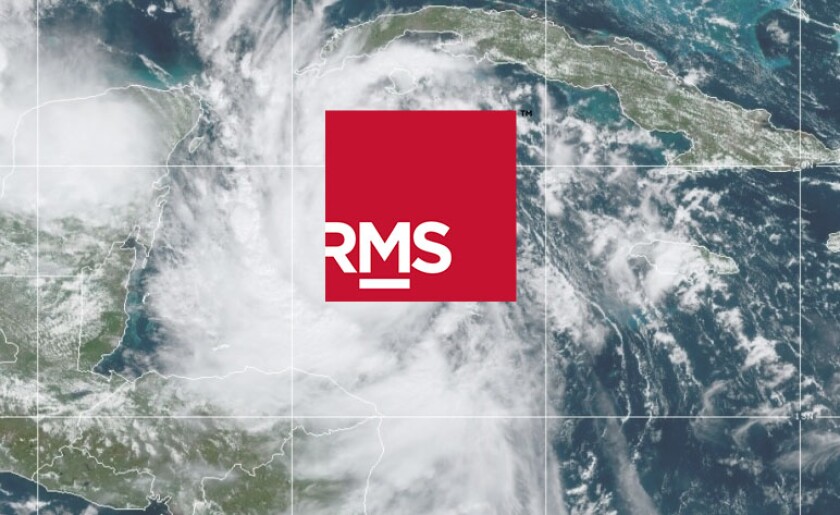However, sources said the changes have resulted in as much as 20%-30% increases for certain portfolios.
The market is still in the early stages of running analysis through the new model, and there was no clear trend from sources on how they expected the impact of the release to play out. The average uplift is significant enough to suggest it could be a support to cat pricing at primary and reinsurance level in 2024 and to reinsurance purchasing demand.
However, some sources said they believed the model was catching up to a higher view of risk that was already being applied by some firms. In addition, the exposure component of RMS’ changes may have already been accounted for, as carriers updated their models for inflationary trends.
It is understood that total industry modelled loss changes may be driven up to higher levels than the 5%-10% range, partly as RMS has also updated its exposure database at the same time as the risk-led components of the model.
RMS released its V23 North Atlantic hurricane model update in June.
Jeff Waters, product manager, North Atlantic hurricane models at RMS, said: “Industry exposure increases are more in the 5%-10% range, but carrier specific portfolios could see larger or smaller changes depending on geographic region and building characteristics. So it’s very portfolio-specific.”
Sources said portfolios that are seeing less change under the new model are those with Northeast/Mid-Atlantic exposure and residential biases, with more significant changes to the Florida/Gulf area and commercial exposures.
The Louisiana coastline was particularly affected by the string of post-2020 hurricanes, with hits from hurricanes Laura, Delta and Zeta in 2020 and Hurricane Ida in 2021.
Waters said the biggest drivers of change in the new model include an update to event frequencies, which resulted in a higher uplift across lower-return periods than for more remote events.


